Recommendation: Trace the nine chapels, then follow the central axis behind the ornate ornamentation to understand how the plan unfolds.
St Basil’s Cathedral was erected in the 1550s on the orders of vasilevich, and it stands as a symbolic blend of orthodox faith and a dramatic revolution in church architecture. Its classical massing hides a striking ornamentation that invites the eye to travel across nine chapels around a central nave; the ninth dome crowns the ensemble as a final note. Behind the brickwork, bells toll in a cadence that has become familiar to churchgoers and visitors alike.
Then centuries of use transformed the site into a living monument rather than a static shrine. The exterior’s brickwork and belt courses frame the domes, while the interior welcomes churchgoers with arches, frescoes, and a space that feels both intimate and ceremonial.
Today, the cathedral remains an emblem of Moscow’s classical identity, drawing countless visitors and locals who study its ornamentation and the way the bells echo through the square. Its story became a touchstone for later architectural experiments and a reminder that art, faith, and civic life can coexist in a single, enduring form. The site continues to shape the city’s 30th-year tours and beyond, inviting you to step closer and listen to the history that filled the air.
St Basil’s Cathedral Exterior: Practical Guide to Moscow’s Onion-Dome Masterpiece
Plan visiting at dawn or just after opening to catch natural light skim the cream façades and glint off the cupolas crowned with kokoshniks. The entire exterior features nine ancient chapels clustered on Red Square, each capped by a distinct onion dome and linked by intricate brickwork. Located at the heart of Moscow, these buildings embody russias medieval life and symbolize the power of the era, with colors and shapes that have endured for hundreds of years.
Look closely at the rhythm of forms: the domes switch between flat, gilded, and glazed surfaces while the kokoshniks form a lace-like crown above each cupola. For visiting, sweep from the Red Square side, then shift to the Kitay-Gorod corner and, finally, the Moscow River embankment to see how proportions shift and the silhouette changes. These exterior elements carry symbolic meaning, and the way the light falls on each surface reveals how life and faith were embodied in stone and brick across centuries.
Photography tips help keep shots precise: use a wide-angle lens, shoot with a vertical frame to preserve the onion shapes, and set an aperture around f/8 to f/11 with ISO kept low for clean texture. Early morning offers softer shadows; late afternoon adds warm tones along the cream walls. If you compare these with other onion-dome buildings in Moscow, you’ll notice how similar motifs were adapted to local materials and urban scale.
Legends tie the builders to names such as ioann and postnik, and some accounts mention gregory in connection with the project. Regardless of the sequence, the exterior communicates power and life, and the nine domes stand as a symbol of russias resilience and the city’s historic narrative carved into the life.
| Aspect | Recommendation | Notes |
|---|---|---|
| Viewing points | From Red Square, from the Kitay-Gorod corner, and from the Moscow River embankment | Each angle reveals different details of kokoshniks, cupolas, and brick patterns |
| Lighting | Aim for dawn or late afternoon | Soft shadows emphasize texture on cream façades |
| Details to notice | Patterned brickwork, color changes on domes, symbolic figures in ornament | Look for the nine domes and the lace-like crown |
| Photography tips | Wide-angle lens, vertical framing, low ISO | Avoid heavy distortion by stepping back to include surrounding context |
Central Domes: Geometry, Colors, and Iconic Silhouette
Visit the Red Square at dusk to celebrate the central domes and see how their geometry and color interact. Observe representations of the domes’ geometry as they catch the light, and notice how the silhouette marks the skyline. This trio forms a trinity of onion caps atop stepped drums, rising tens of meters high. khutynsky notes that the design anchors the composition and that the domes carry a fairy-tale glow in july.
Geometrically, each dome rests on a drum with narrow windows, then narrows into an onion cap that peaks above. The arrangement creates a compact, legible silhouette from any angle, a feature that guides the eye toward the cathedral’s heart. The rhythm around the central group reflects a deliberate design language that also influenced representations in other russias churches.
Colors and glaze bring the structure to life: bold polychrome enamel, gold leaf, and glazed patterns shift with the sun, turning the domes into an artwork that treasures history as relics. The palette communicates sacred meaning and regional taste, and chronicles describe restorations that changed the hues. Bells from nearby churches once accompanied processions, shaping how visitors perceived the skyline. Chronicles mention nora describing the glow as fairy-tale and true to Moscow’s spirit.
Today, the central domes remain a backstory and a landmark that marks Russia’s visual identity. They also stand as true symbols of russian architecture, a crowning moment for the Trinity-inspired layout. The domes function as relics of history, with representations echoed across churches and monuments. The chest of treasures includes the inscriptions, bells, and the chronicle of care that keeps the color and silhouette alive for others to celebrate.
Brickwork Patterns: Vertical Stripes, Banding, and Symbolic Motifs
Inspect the vertical brick stripes that rise along the cathedral walls; these patterns stretch for meters and visually lift the structures toward the onion domes.
Banding appears around arches and cornices, created by alternating brick tones and precise tuckpointing to produce a measured rhythm across the facade.
Symbolic motifs emerge in the brickwork: some bands are believed to reference the trinity, guiding churchgoers through the nave and toward a moment of reflection.
Unusual elements, such as kokoshniks, crown the towers and frame the brick patterning, drawing the eye upward toward the domes.
Novgorod traditions and later tatar influences show in the construction logic, with brickwork designed to endure Moscow weather.
Basement spaces near the foundation reveal the same patterns; the lines remained consistent even as upper facades changed.
Open hours vary seasonally, so plan a short walk along the brickwork to study color shifts; the 17th century renovations altered some bands but kept the core rhythm.
Construction details and acoustics reveal how brick mass and mortar contribute to interior sound, shaping the moment for speakers and churchgoers alike.
The christ imagery sits alongside the brick program, yet the patterns primarily express vertical unity and a shared language across separate structures toward a cohesive face of worship.
Exterior Ornamentation: Arches, Windows, and Sculptural Details
Focus on the arches and kokoshniks to read the building’s history in brickwork. The basils cluster around a central core, and candy-coloured cupolas rise above a patterned brick field, leading the eye from base to summit with a confident, artistic cadence.
- Arches and brick patterns: The façade alternates rounded and pointed arches, each framed by raised brick borders. Kokoshniks crown several arches and windows, giving vertical emphasis that unifies nine basils into a single silhouette. A column-like pilaster repeats along the façade, reinforcing the structure. Color variation in bricks forms subtle bands that span meters in height, creating depth even on flat planes.
- Windows and tracery: Windows vary from narrow slits to wider arch-framed openings. Stone surrounds and carved borders accent each window, while the arrangement of panes and tracery echoes the arches above, guiding light into the interior and producing bright reflections on sunny days; glare can leave observers blinded momentarily. The rhythm of openings helps the eye travel around the exterior stance.
- Sculptural details and iconography: The exterior carries reliefs of saints and symbolic motifs, integrated into brick and stone work. Scholars believed armenia influences appear in certain reliefs, with references to gregory and armenia cited by some researchers. These figures embodied a cross-cultural dialogue that shaped medieval Russian church art and remains legible to attentive visitors.
- Color, cupolas, and materials: The candy-coloured domes crown a field of red-brick walls, while stone caps and cornices punctuate the skyline. The bright palettes are not mere decoration; they signal sacred space and hierarchy, a feature that has fascinated observers for generations. Cupolas rise in groups, their forms interweaving to produce a dynamic skyline visible from many approaches.
- Preservation, damage, and restoration: Weather, time, and past damage required careful work by dedicated teams. Modern conservation blends traditional lime mortars with compatible modern binders to preserve texture without overpowering original detail. The process, documented with precise measurements in meters, maintains the façade’s legibility for new generations while honoring history near the kremlins and within Moscow’s home landscape. Visitors, locals, and scholars alike benefit from the care that sustains this exterior masterwork.
Best Angles for Exterior Photography: Light, Framing, and Timing
Shoot from Red Square at first light, at a low level, to make the candy-coloured domes pop and the structure read like a painting; this angle foregrounds the features, time, and centuries of craft that shaped moscow’s skyline, and it instantly communicates the powerful presence of them.
From a slightly oblique side, the dome cluster appears as a three-dimensional sculpture against a clean sky; framing them like this heightens the deification-like presence and highlights their ancient craft, a russian achievement that has become a state symbol.
Time your shots for blue hour just before dawn or after sunset; that added moment adds depth to the colors and reveals subtle textures on the candy-coloured surfaces, while letting the domes glow with a warmth reminiscent of paintings, and echoing moscow’s heartbeat.
Frame with foreground elements to provide belonging and scale–people, signage, or cobblestones–that lead the eye toward the central spire; from a higher vantage, the structure appears dynamic, held against the sky, and the christ iconography of traditional Russian design becomes evident in the shapes that have withstood battle and time.
Use a wide lens (14-24mm on full-frame, 10-18mm on crop); keep ISO low, set aperture to f/8–f/11 for sharpness; bracket exposures for HDR, check reflections after rain, and respect local rules during worship hours.
Viewing Points, Accessibility, and Surrounding Sight Lines
Begin at Red Square’s northern edge for the single-best view of the domed, onion-dome structure that defines moscow’s skyline. The towers topped with yellow accents rise above the square, delivering a great, iconic frame that helps celebrate the cathedral’s treasures and its famous status, with virgin icons visible in its decorative motifs.
Exterior approaches are accessible from the square, with flat sidewalks and clear sight lines. Inside, narrow passages and stairs limit wheelchair access, so plan a visit that prioritizes exterior views if accessibility matters; verify current hours and the visitor desk before attempting interior entry.
From the khutynsky side street and nearby pedestrian routes, you gain frames where the yellow accents and domed towers sit above the ancient street line, offering photo opportunities that emphasize the cathedral’s contrast with the surrounding moscow skyline, unlike many newer monuments.
The building bears marks from restorations in the 17th and 18th centuries; before those changes, the structure carried plainer outlines, but the work preserved its character and enhanced motifs that invite wonder. The state safeguards these treasures as symbols of moscow’s identity, and the site remains famous for its icons and color.
Plan visits during early morning or late afternoon when the light makes the colors pop without the crowds. In midday sun, glare can be cruel to photographers. A compact zoom helps you capture more angles from a single vantage point; for more variety, walk toward the Khutynsky border to include adjacent domes and the nearby home of historic craftsmen. Story kiosks were used to explain the icons and the structure to visitors; the nearby squares were used by merchants long ago, adding context to what you see today and inviting you to explore more than one frame, a worthwhile experience for anyone who wanted to capture moscow’s great silhouette.

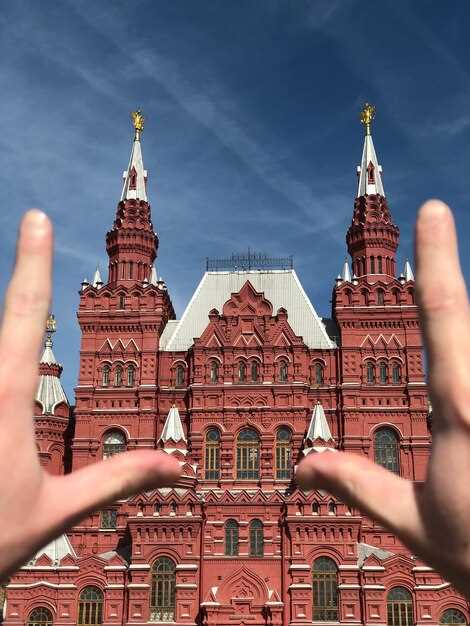 What to See in Moscow – Monuments and Tourist Attractions">
What to See in Moscow – Monuments and Tourist Attractions">
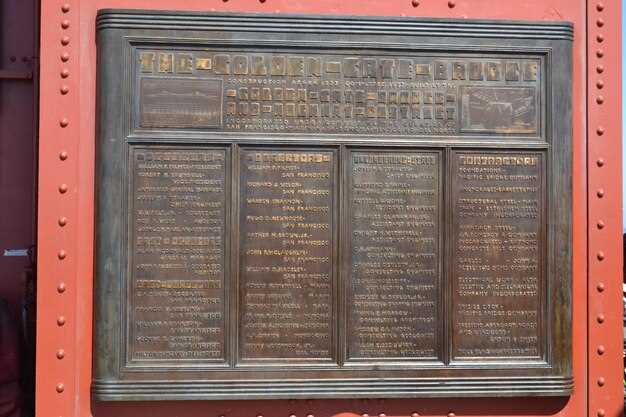 Bunker 42 Cold War Museum – Opening Times, Prices, and Location">
Bunker 42 Cold War Museum – Opening Times, Prices, and Location">
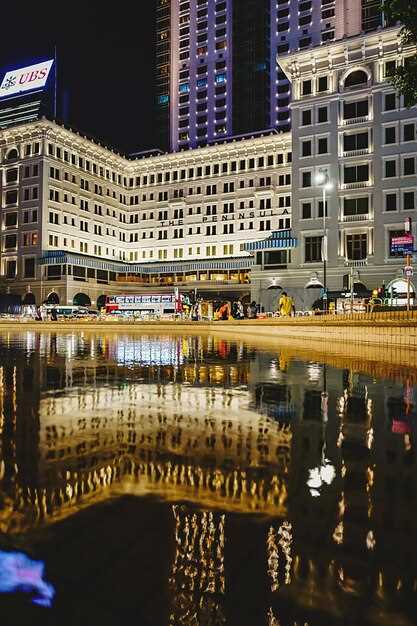 Best Hotels in Moscow – Top Picks for Every Budget">
Best Hotels in Moscow – Top Picks for Every Budget">
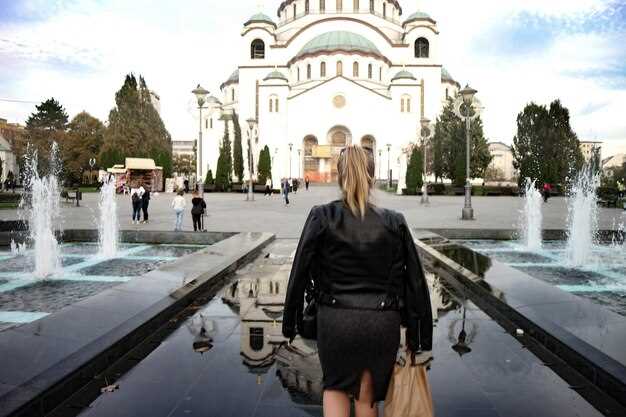 VDNKh Park Moscow – Ultimate Guide to Moscow’s Exhibition Park, Attractions & Tips">
VDNKh Park Moscow – Ultimate Guide to Moscow’s Exhibition Park, Attractions & Tips">
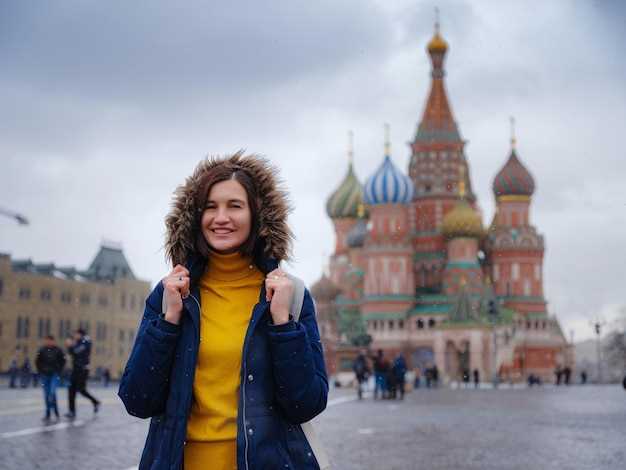 What to See and Do in Moscow in 1-5 Days – The Ultimate Travel Guide">
What to See and Do in Moscow in 1-5 Days – The Ultimate Travel Guide">
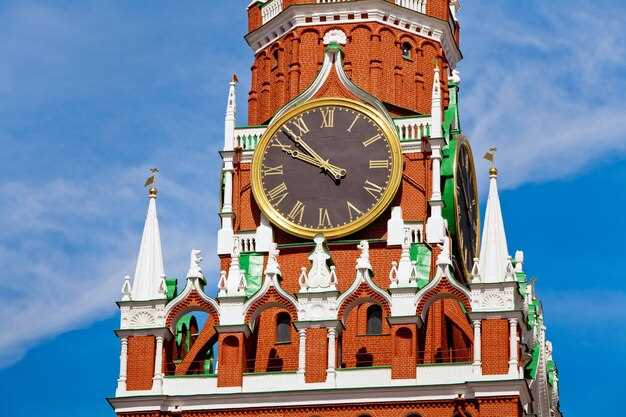 The Kremlin – History, Architecture, and Its Role in Russia – A Comprehensive Guide">
The Kremlin – History, Architecture, and Its Role in Russia – A Comprehensive Guide">
 Trade Fairs and Exhibitions in Moscow – A Practical Guide to B2B Events">
Trade Fairs and Exhibitions in Moscow – A Practical Guide to B2B Events">
 Red Square Gaming Keyboards – Best Models, Features & Buyer’s Guide">
Red Square Gaming Keyboards – Best Models, Features & Buyer’s Guide">
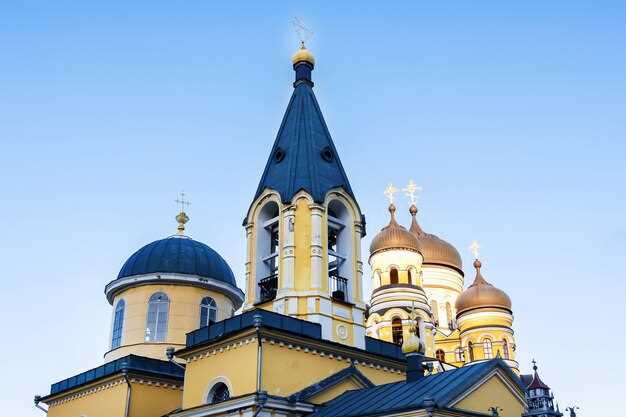 St Basil’s Cathedral Moscow – Tickets, Visiting Hours and Schedules">
St Basil’s Cathedral Moscow – Tickets, Visiting Hours and Schedules">